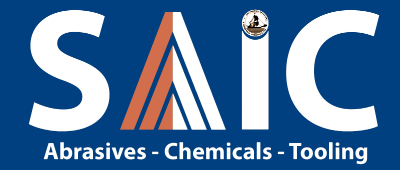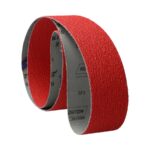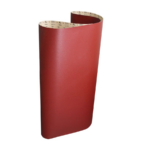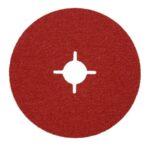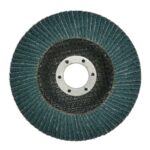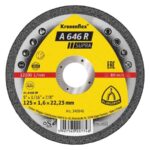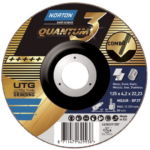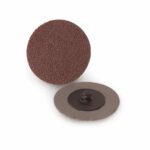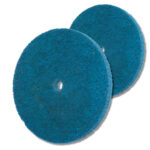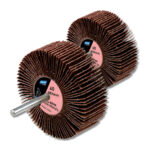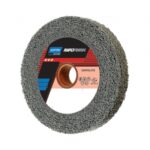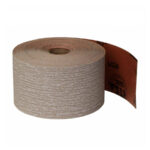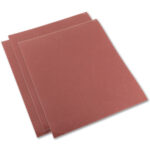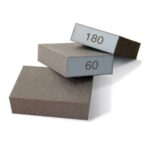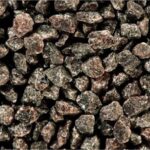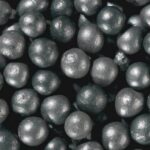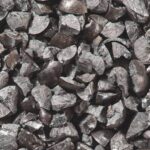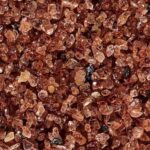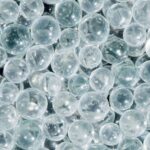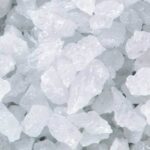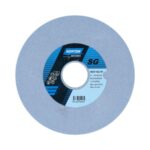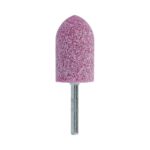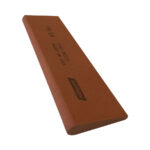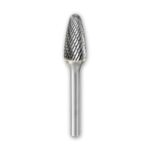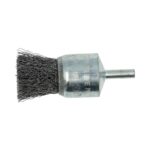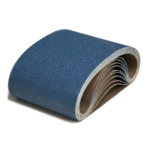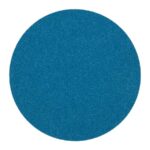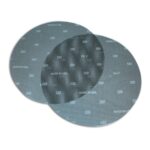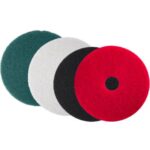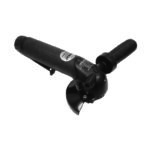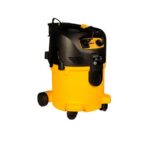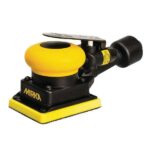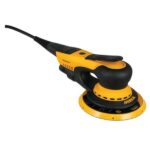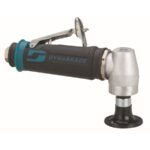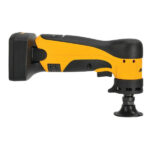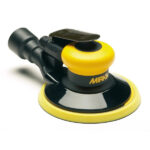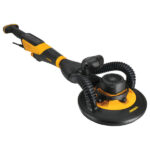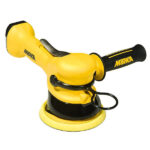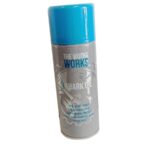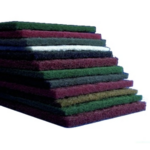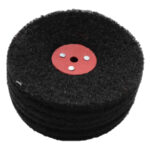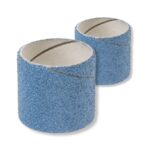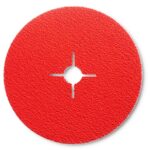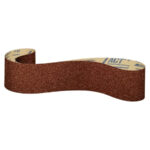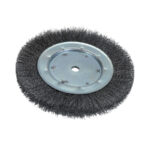Abrasives
Abrasive materials are commonly used in a variety of industries, from construction to manufacturing. They are materials designed to remove unwanted material from a surface by friction and cutting action. There are many different types of abrasives available, each with unique properties and applications.
One of the most common types of abrasives is aluminum oxide. This abrasive is a versatile option that can be used for a variety of sanding and grinding tasks. It is a hard and durable abrasive that is able to remove material quickly and efficiently. It is often used in the automotive industry for sanding body filler and rust, as well as in the woodworking industry for sanding and shaping wood.
Another common abrasive material is silicon carbide. This abrasive is a harder and sharper material than aluminum oxide and is typically used for heavy-duty sanding and grinding tasks. It is often used in the metalworking industry for grinding and shaping metal parts, as well as in the glass and ceramics industry for cutting and polishing.
Diamond is another popular abrasive material that is known for its exceptional hardness and durability. It is often used in the construction industry for cutting and grinding concrete, as well as in the jewelry industry for cutting and polishing diamonds and other precious gemstones.
In addition to these common abrasive materials, there are many other types of abrasives available, including ceramic, zirconia, and garnet. Each material has unique properties and is suited to different types of sanding and grinding tasks.
When selecting an abrasive material, it is important to consider the specific application and the material being worked on. For example, aluminum oxide may be a good choice for sanding wood or metal, but may not be suitable for polishing glass or ceramics. Similarly, diamond may be a good choice for cutting concrete, but may be too harsh for delicate materials.
In addition to the material of the abrasive, it is also important to consider the grit size. Grit size refers to the coarseness of the abrasive particles, with lower numbers indicating a coarser grit and higher numbers indicating a finer grit. Coarser grits are typically used for heavy material removal, while finer grits are used for achieving a smooth finish.
Overall, abrasive materials are an essential tool for a variety of sanding and grinding tasks. By selecting the appropriate material and grit size, users can achieve efficient and effective results in their projects. With so many different types of abrasives available, it is important to research and select the best option for the specific application at hand.
